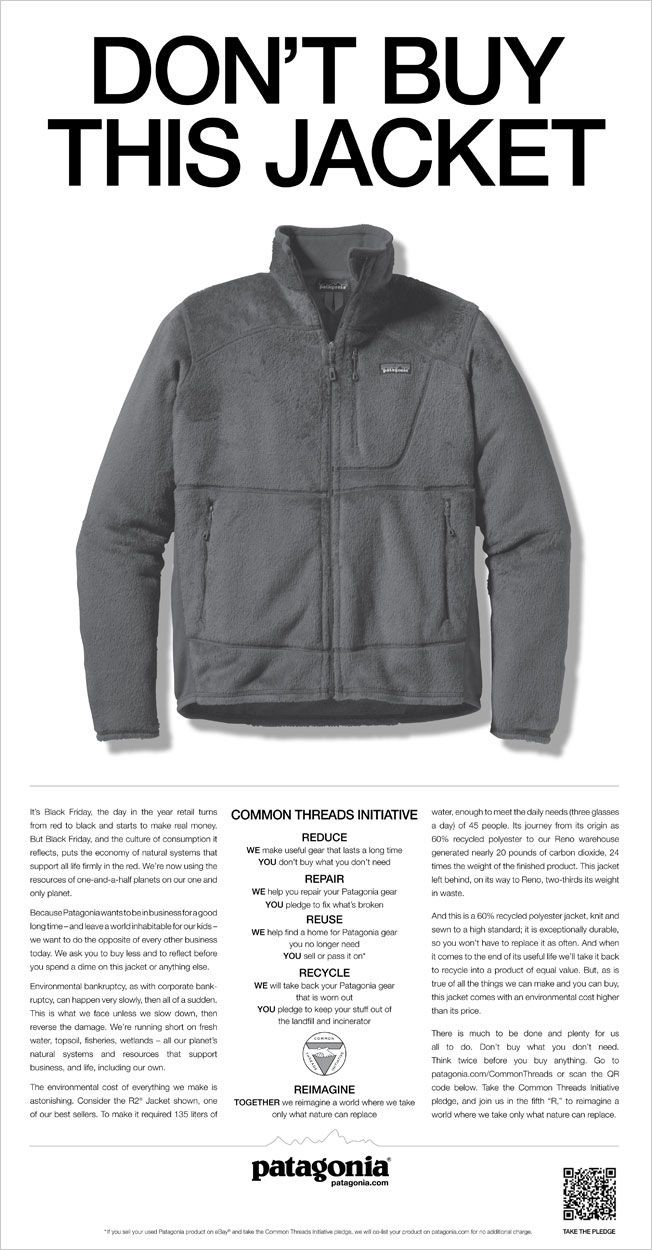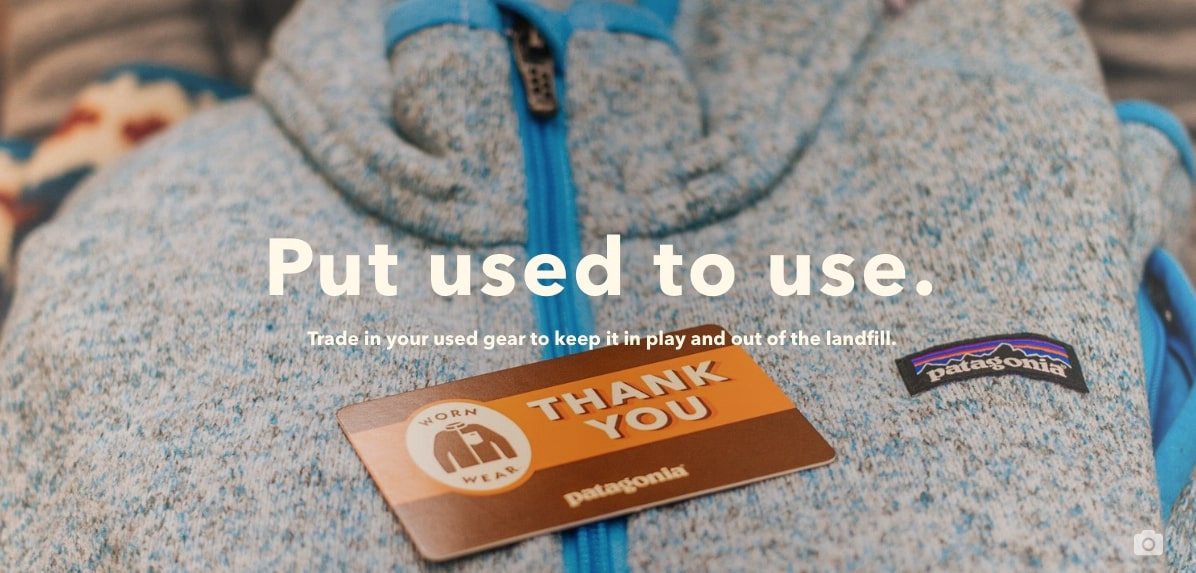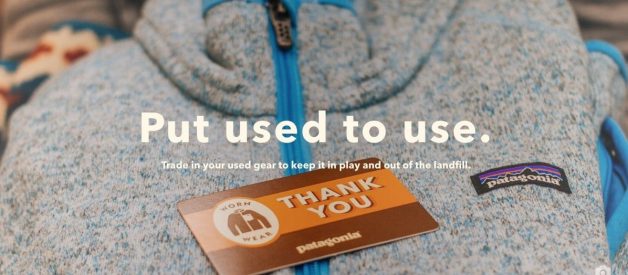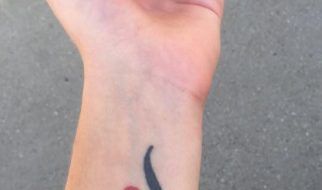Marketing lessons from a company defying the odds
 Photo by Tim Nudd on Adweek
Photo by Tim Nudd on Adweek
In the 2011 Black Friday edition of The New York Times, Patagonia published an audacious full-page ad telling viewers not to buy their jacket. Below the jacket?s image was a message detailing why customers shouldn?t buy the product. Among the listed factors are the 36 gallons of water required to produce the jacket (enough to fill the daily needs of 45 people), the 20 pounds of carbon dioxide emitted (24 times the weight of the jacket), and the amount of waste produced (two-thirds of its weight in waste). Though the ad wasn?t successful in its intended purpose ? sales rose 30% following the campaign ? it did raise awareness of an increasingly pressing problem.
?Build the best product, cause no unnecessary harm, use business to inspire, and implement solutions to the environmental crisis.??Patagonia?s mission statement
The proliferation of fast fashion brands such as Zara and H&M has exacerbated the negative impact of consumerism on the environment. In an industry where making a quick buck is placed above virtually anything ? design theft, weight discrimination, or child labor to name a few ? Patagonia is among the few that have stayed true to their mission. Although many apparel brands have recently begun sustainable initiatives, none live and breathe that sentiment the way Patagonia has since its inception back in 1973.
 Photo of Yvon Chouinard. By Tom Frost on Patagonia.
Photo of Yvon Chouinard. By Tom Frost on Patagonia.
The Beginnings
Yvon Chouinard ? Patagonia?s founder ? was an avid climber living the stereotypical hippie life out in Yosemite Valley. Feeling uneasy about the environmental repercussions of leaving traces on climbs, he began his entrepreneurial journey by creating reusable pitons ? metal spikes to drive into cracks ? as the ones on the market at the time were designed to be used once and left in place.
In 1973, after the initial success selling climbing tools, Chouinard founded Patagonia to focus on the clothing business. The idea was to transfer the functionality aspect of climbing tools to the clothing industry by selling durable, quality products.
Fast forward to 2019, and Patagonia?s estimated to be generating close to $400 million in annual sales.
 Photo by Kern Ducote on Patagonia
Photo by Kern Ducote on Patagonia
Social Responsibility
For starters, Patagonia committed 1% of its sales or 10% of its profits ? whichever was higher ? to environmental initiatives. As they like to call it, ?a self-imposed earth tax.? Many retailers have similar practices now, but they?ve been doing it since 1986.
Patagonia then began looking internally through its supply chain for areas that were damaging the environment. Ensuing the findings, they revised their operations by switching from conventional to organic cotton ? costing them 300% more relative to the year prior ? changing facilities to more eco-friendly alternatives, and even sharing their findings with larger brands such as Nike to educate them on the environmental impact of the fashion industry.
These efforts are all traceable using the interactive map on their website, where you can trace each step in the supply chain for the product you?ve purchased from them. On the site, they don?t claim to be 100% sustainable. Instead, they disclose the damaging areas of the product and state how they hope to change them.
In 2005, the company launched the Common Threads Initiative, encouraging customers to reduce waste by creating a second-hand market for Patagonia products in partnership with eBay. If customers preferred to keep the products, the company assisted with the repairs of damaged clothing through the use of their repair facility.
Advertising Campaigns
After the acclaimed 2011 campaign, Patagonia?s 2016 Black Friday campaign vowed to give all revenues generated to environmental protection groups. Sales figures reached $10 million, quadrupling the company?s estimates. While most campaigns are about seasons, themes, or new releases, Patagonia?s marketing efforts are about saving the planet. Empowering customers towards a larger-than-life movement has far-reaching effects on the company?s brand, reputation, and mission.
?I know it sounds crazy, but every time I?ve made a decision that?s best for the planet, I?ve made money.??Yvon Chouinard
In a world where companies are consumed by growth and profitability figures, Patagonia?s environmental priorities are a refreshing reminder that doing good is good for business. It?d be nice to say the opposite, but Patagonia still remains an outlier.
Top Takeaways
- Live true to your beliefs. Don?t compromise your ideals for petty desires.
- Honesty always wins. Being transparent about your flaws and explaining how you?re working on them will be recognized by customers.
- Give without asking back. Your customers will give you their loyalty in return.
- Have a greater cause than ?growth? or ?profitability.? Customers are gonna feel part of a larger movement.
The easy route for Chouinard would have been to take the company public and monetize his life?s work. But instead, he?s continuously outclassed the competition in the clothing industry.
So before you buy their products, think about whether you really need it ? they?re designed to last a lifetime.


